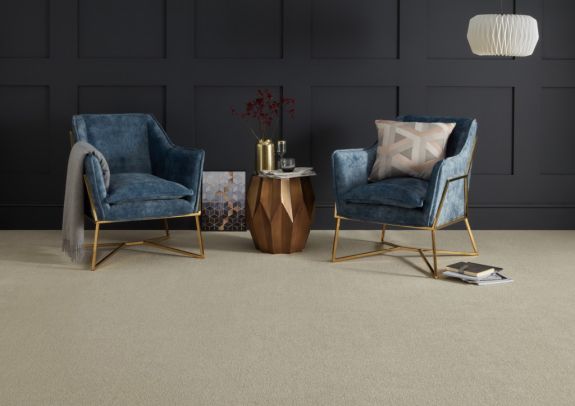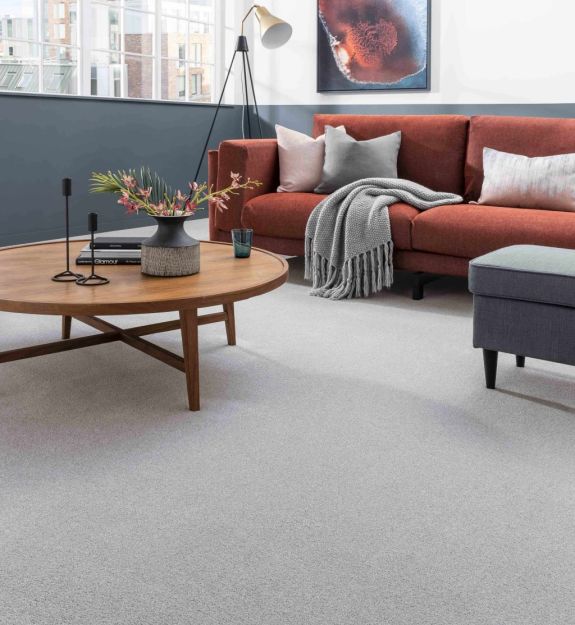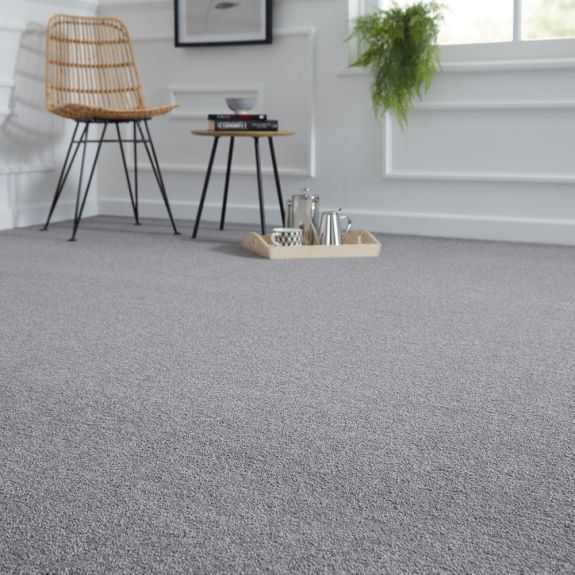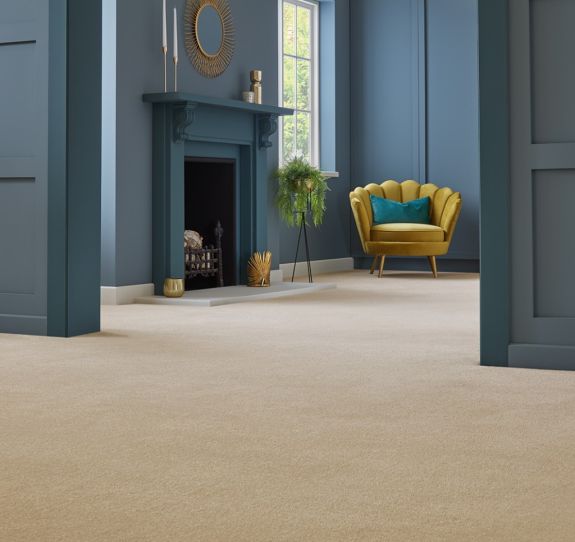What are the different types of floor insulation?
Let’s focus on two types of floor insulation: thermal and acoustic.
Thermal
How well your flooring retains heat in the room (or what we call thermal insulation) is measured using a tog rating – just like a duvet. The higher the tog rating, the more insulating the flooring is.
Generally, carpets have the highest tog rating (around 1.5 and above), so it’s the best type of flooring for insulation, which will help to reduce your energy costs. The tog rating for a carpet is calculated by the material, pile density and thickness. These factors all affect how well a carpet retains heat.
Acoustic
Sometimes the noise of everyday life can feel a bit too loud. From voices echoing to footsteps stomping, it’s nice to turn the volume down!
Acoustic flooring insulation is important for dampening ambient sounds like people talking, or impact sounds like someone walking around in heels. It’s especially important if you live in a flat or a terrace house where you might hear footsteps or voices from your neighbours.
Sound insulation is measured in decibels (dB). The higher the number, the more sound is absorbed by the flooring. So, make sure to look out for the dB rating on all our product pages.












































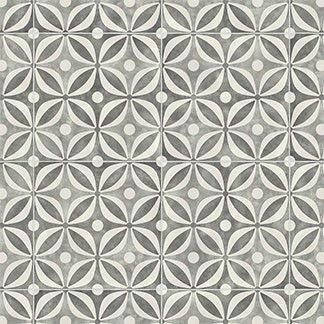
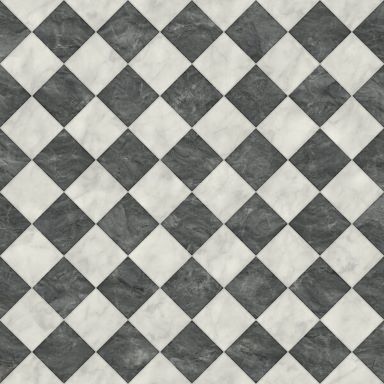

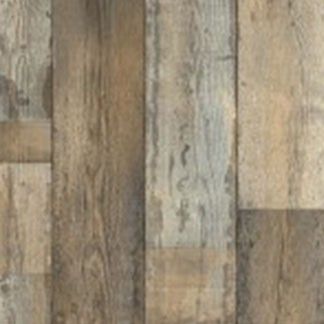











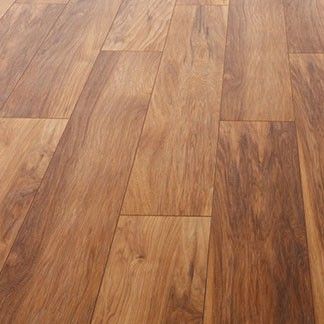
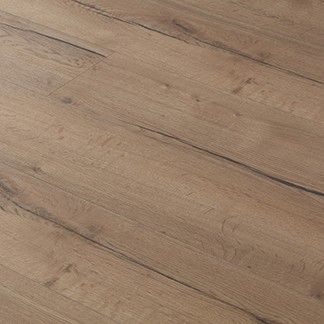


















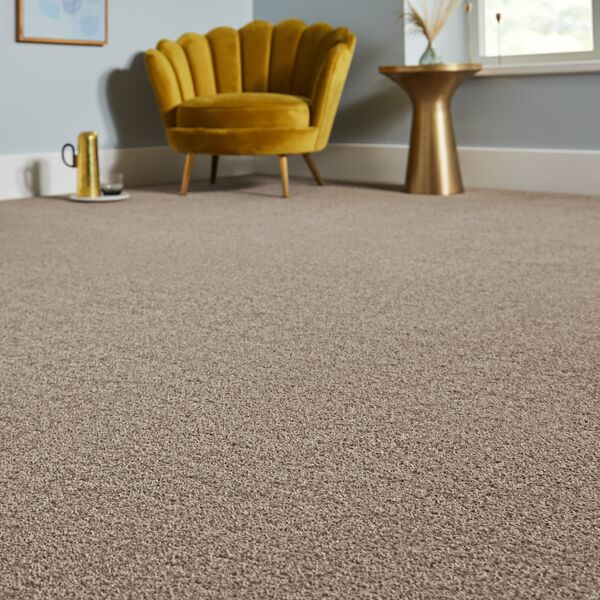
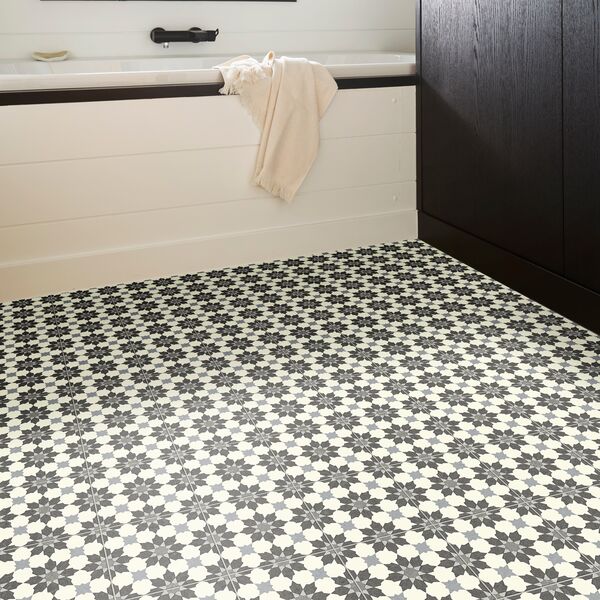
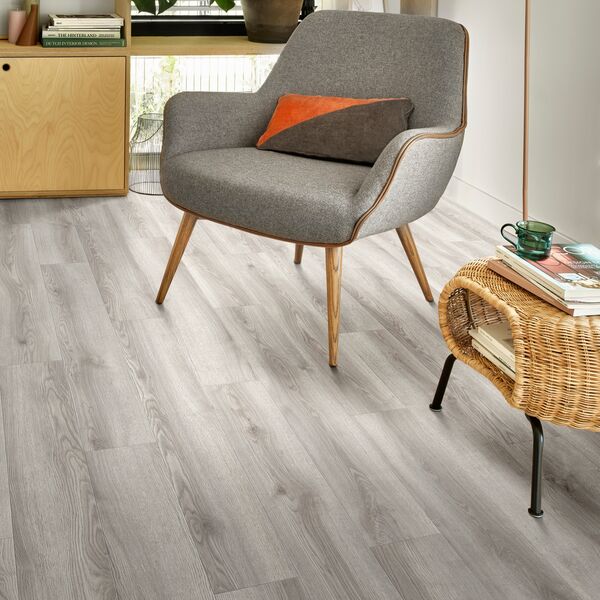

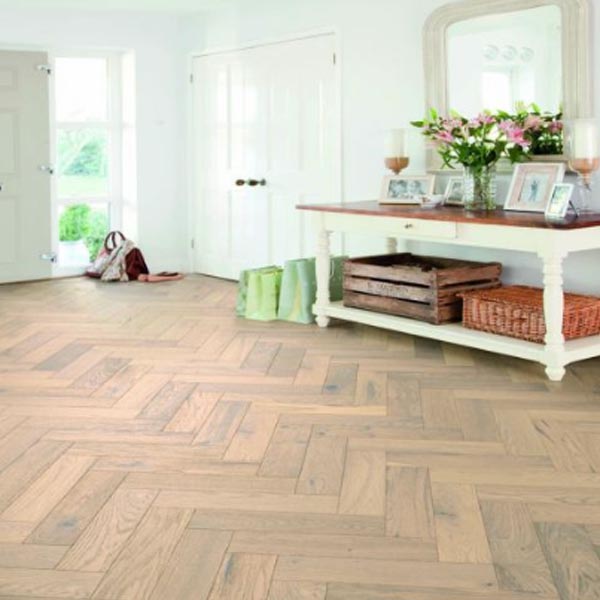

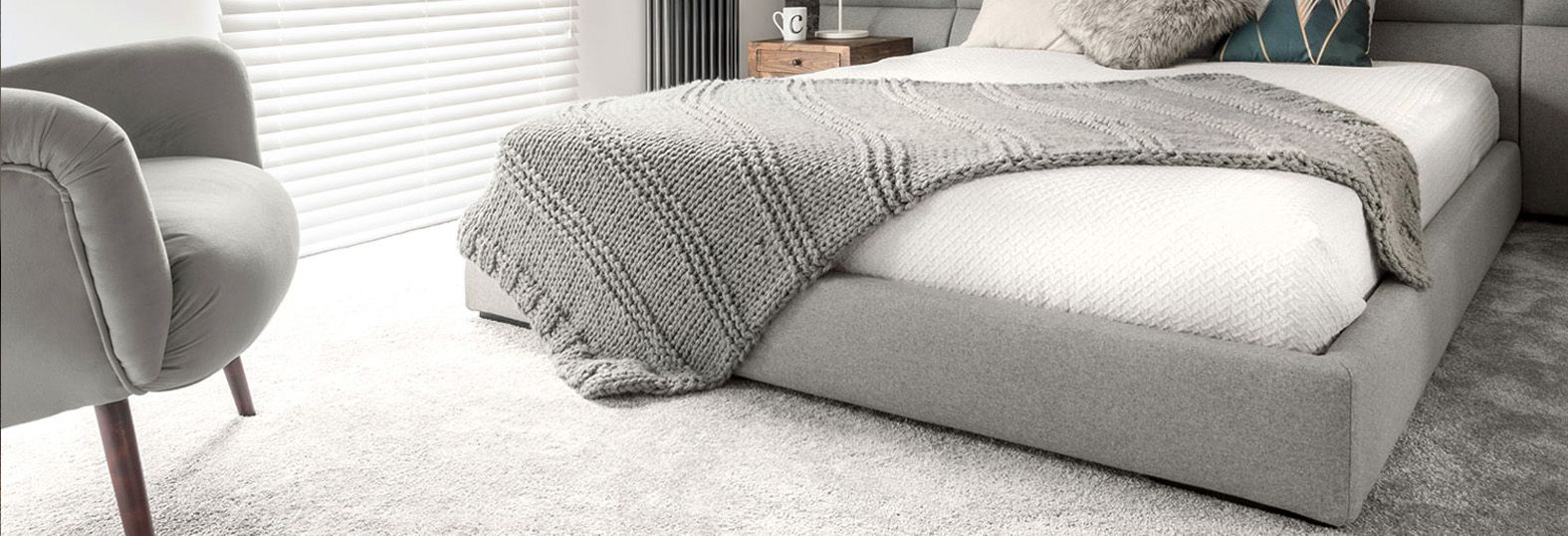
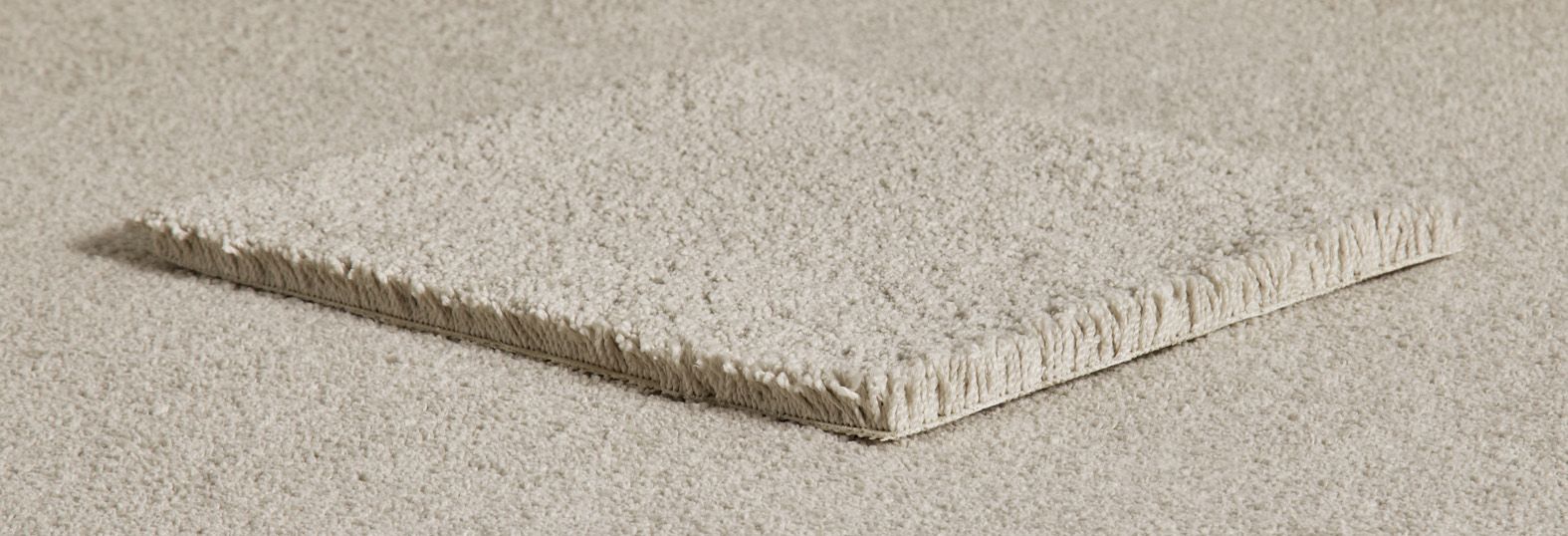
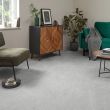


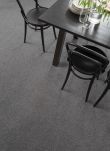
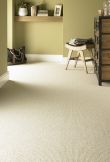



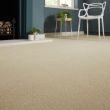

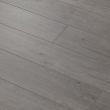
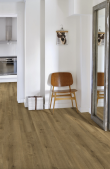










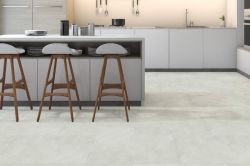










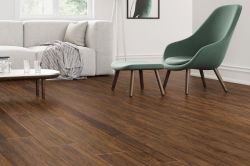



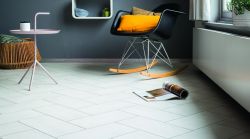




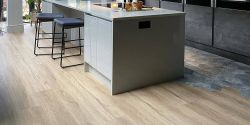


-250.jpg)
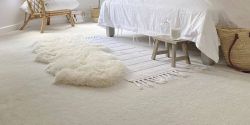

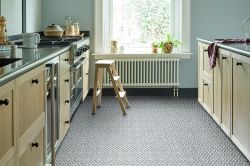
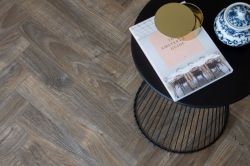

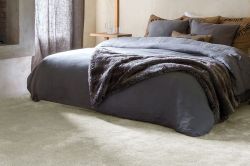

-250.jpg)
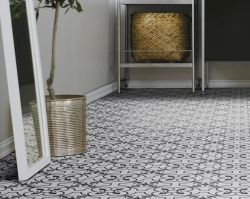

-250.jpg)

 copy-250.jpg)

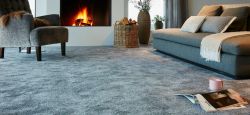






-250.jpg)
 - Article Image (not header)-250.jpg)
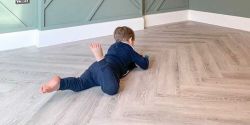
-250.jpg)

-250.jpg)




